25 x 33.5 without frame
46 x 57 with frame
Signed lower right
An important element is the Statue of Liberty, located on the Île aux Cygnes, inaugurated on July 4, 1889 to symbolize Franco-American friendship. The presence of this replica reinforces the historical dimension of the painting, because it stands in a landscape in full transformation. The Seine is calm, the banks almost deserted, contrasting with the urbanization that will mark this district in the following decades. On an artistic level, Salvat uses soft colors and light touches that capture a peaceful atmosphere, far from the industrial effervescence to come. This painting therefore documents a key moment in the history of Paris, just before its transformation into a modern metropolis, while highlighting a corner of the city that was still preserved, marked by a simplicity that has now disappeared.
Salvat entered the Académie Julian in 1911 and became a student of Fernand Cormon. In 1925, he was hired by the Bernard Grasset publishing house and, as assistant to Maximilien Vox, later became artistic director of this publishing house. From 1935 to 1943, he lived in Montparnasse, at 41, rue Lecourbe. At the end of 1944, he became artistic advisor to the Éditions de la Table ronde. He collaborated with various periodicals such as Le Bon Plaisir, les Cahiers libres, La Revue française, À Contre-courant, Nouvel Âge, Panorama, Caractère, Visages du Monde, La Table ronde, Maintenant, Il dramma, La France graphique... A painter, Salvat produced numerous watercolours, landscapes inspired by his travels in Greece and Italy, mainly in Rome and Venice. A few watercolours also show us his stays in Paris and the French provinces. His watercolours brilliantly work the line and the sense of foreshortening. This aspect of his work is undoubtedly the most original. His small watercolour representing the Transverberation of Saint Theresa after Bernini, sketched in the church of Santa Maria della Vittoria in Rome, is a fine example. There are also a few oils, including Prats-de-Mollo (1932), kept at the Centre national d'art et de culture Georges-Pompidou. An oil on canvas, Terrasse des Tuileries, dating from before 1957, is in the Museum of Fine Arts in Dijon. The National Library of France also holds 200 sketches of actors made on the spot by the artist. He also produced numerous woodcuts and some lithographs intended to illustrate books. An essayist, he published Voir Venise et la revoir in 1973 at La Table ronde, with a preface by Paul Morand.




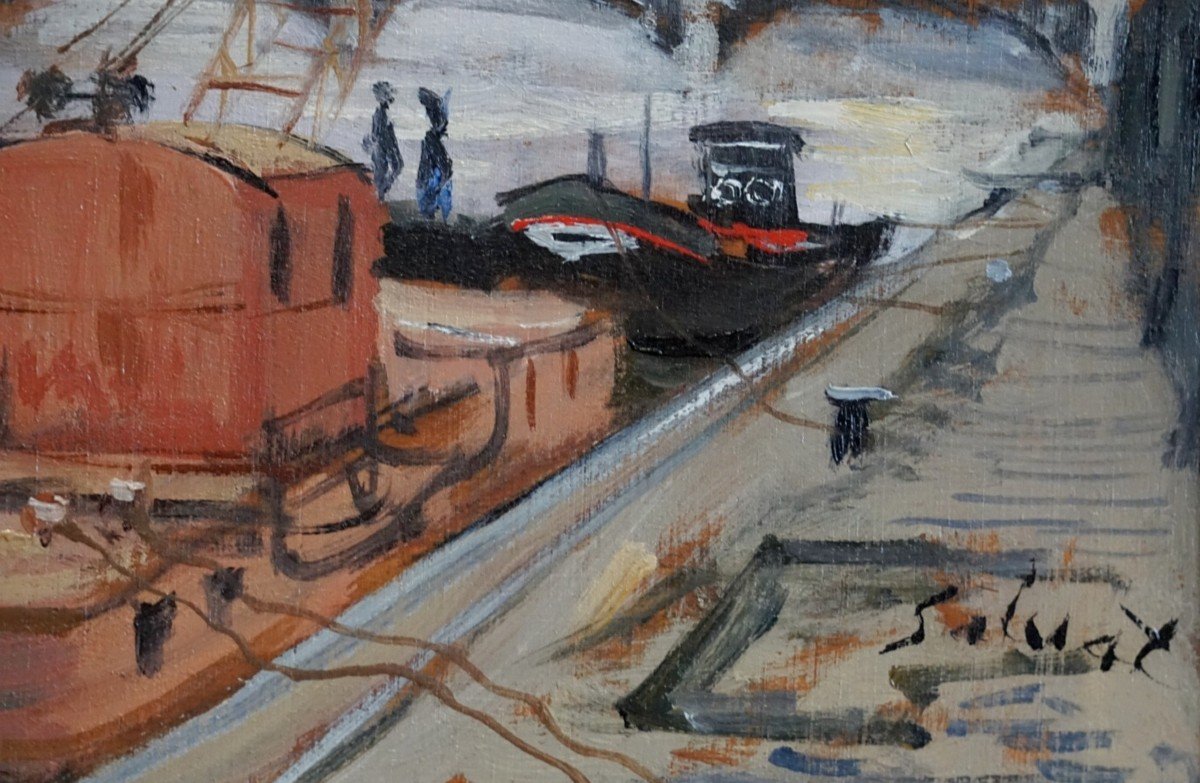

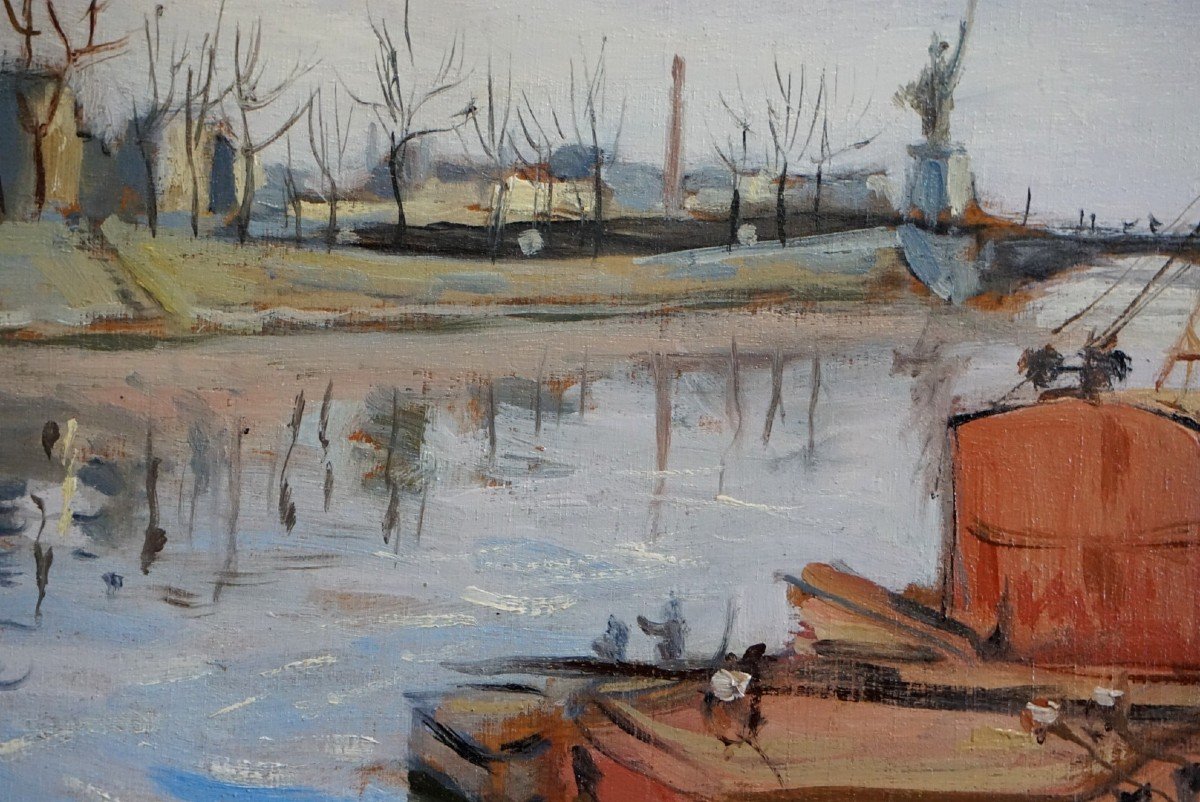
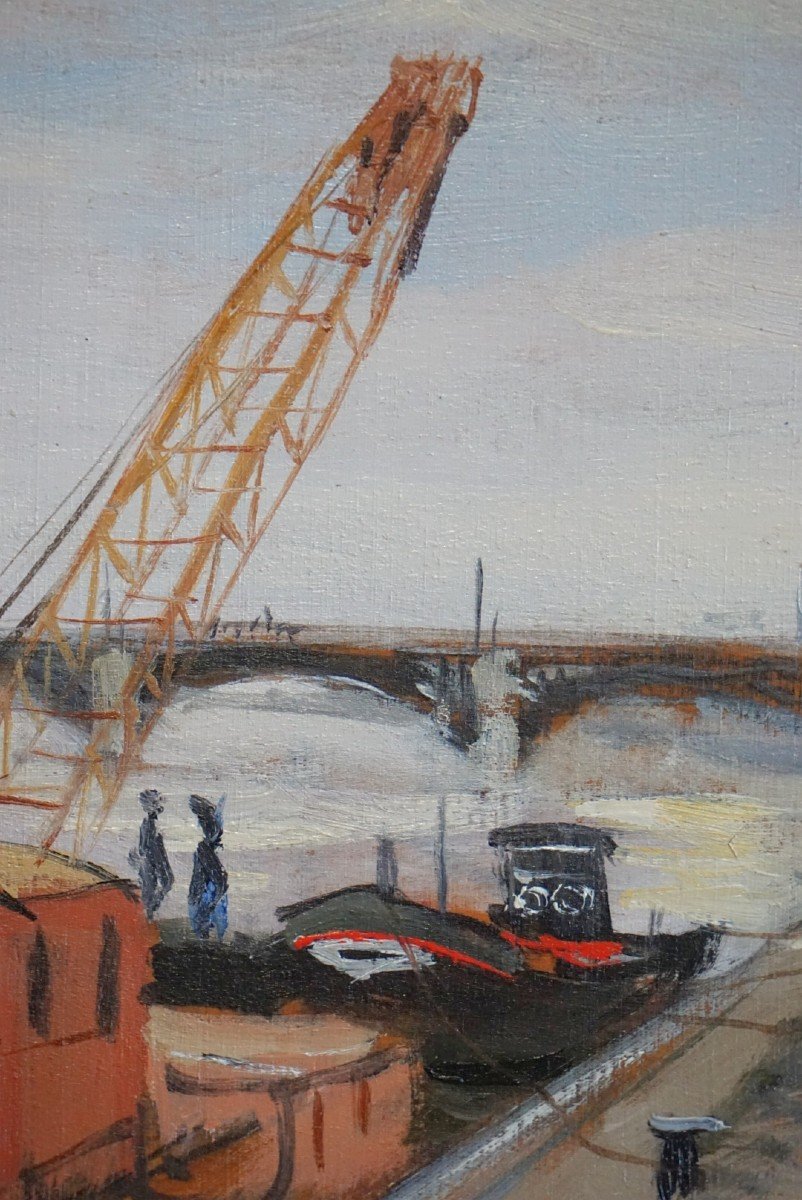




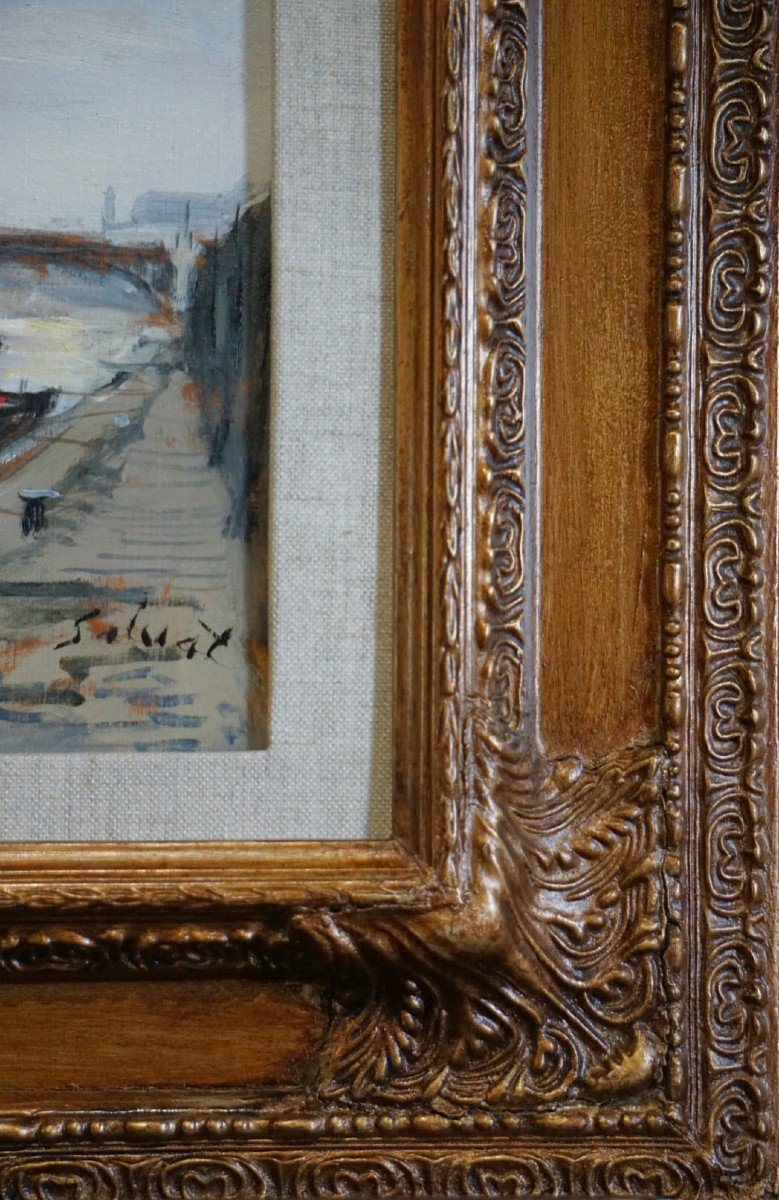
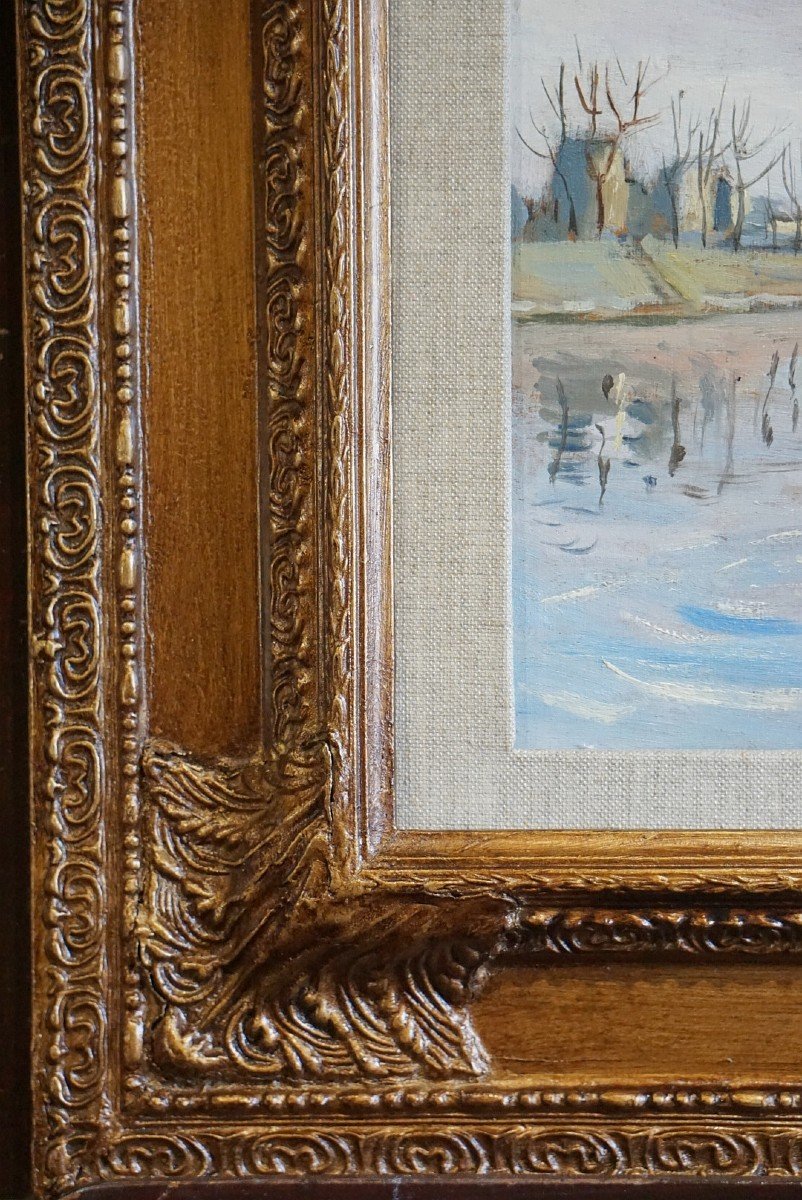
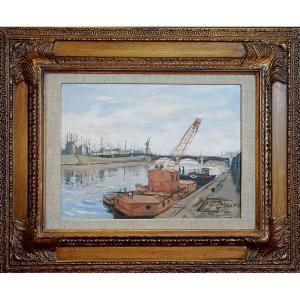












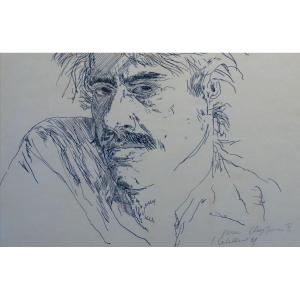

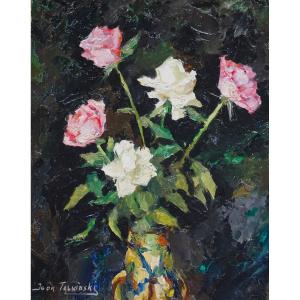
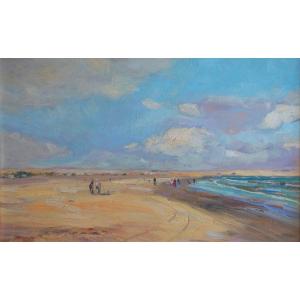


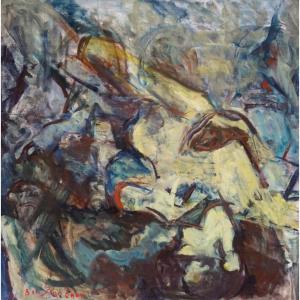
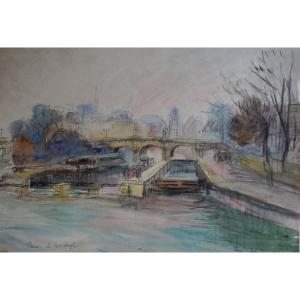



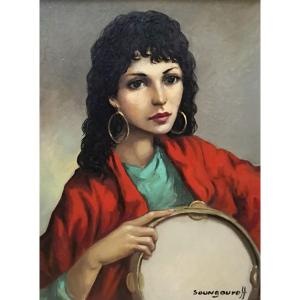
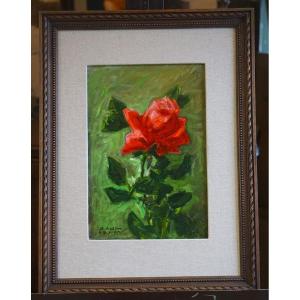


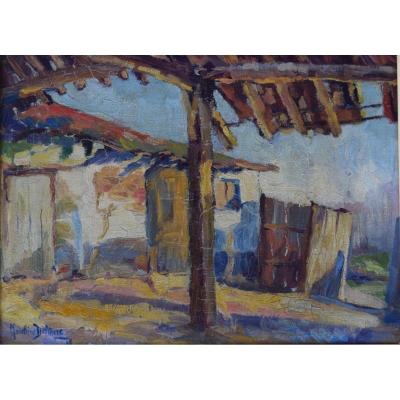

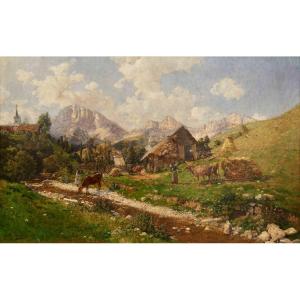





 Le Magazine de PROANTIC
Le Magazine de PROANTIC TRÉSORS Magazine
TRÉSORS Magazine Rivista Artiquariato
Rivista Artiquariato